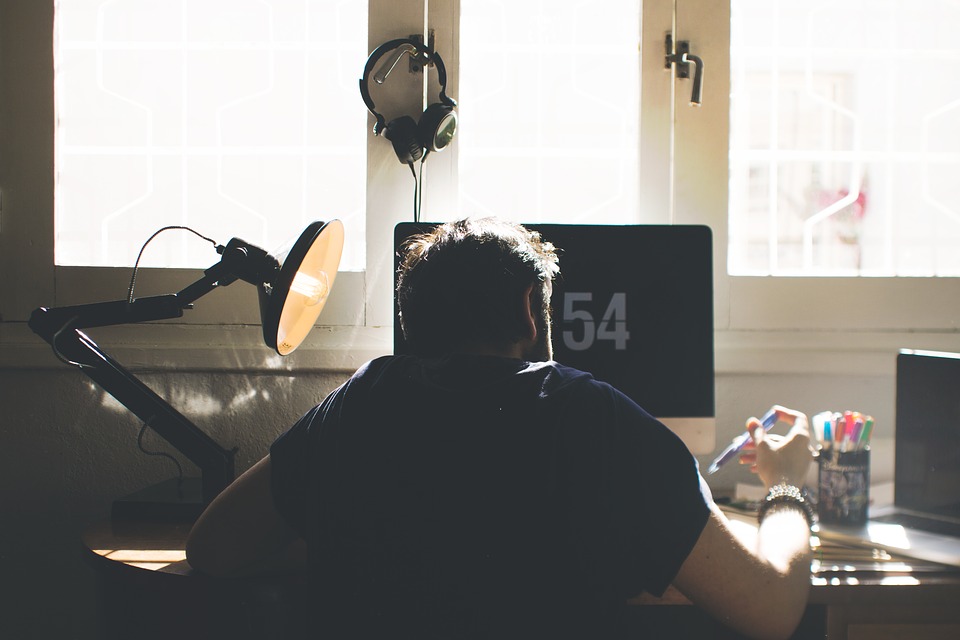Some people just seem to know how to get things done. You know the type: when you see them during work hours, they’re toiling away with incredible focus. And outside of work hours, they’re free – somehow, they’re all finished with their responsibilities, and you’re still juggling work that you took home and a bunch of chores around your house. How do they do it? Are they just naturally more productive?
Probably not – most likely, they just have better working habits. Here are how to build yours.
A time and a place for everything
You want to work – really, you do. But you get bored, and you pull out your phone. You open a mobile gaming app to pass the time, you surf the net, you read Twitter, or you wage virtual war in the fantasy world of a mobile game – all while you should be working.
Productive people still love to play the latest mobile game. In fact, they may play even more than you do – because when they play, they can play uninterrupted for as long as they’d like. Because, as you probably knew, they’re not playing at work.
A big key to productivity is blocking out time to do just one thing. If you’re playing a game on your phone and writing a report for work at the same time, bouncing back and forth between the activities because of boredom (or because the boss just walked by during your round of Candy Crush), then you’re being less efficient at both. You need a moment to refocus on work after each five-minute gaming session. And, while it’s not very important, you need a moment to load up the game and remember where you were before each gaming session.
The answer is clear: you need to focus on one thing. And we can apply this rule to more than just petty distractions. Work can conflict with other work just as effectively as any game. That’s why so many productivity tips focus on rules for filtering out some types of tasks: for instance, some articles suggest a schedule for checking email (every hour on the hour, and not in between, for instance) to keep that task from infringing on others.
Different techniques will work for different people, but a good place to start is by writing down two lists: one of your common daily work tasks and one of your common daily work distractions.
For the first list, you’re going to have a scheduling project. As much as possible, try to sort your tasks into strict blocks: an hour for this, an hour for that. If you job requires you to stay on top of emails and sudden tasks, decide how infrequently you can afford to check, and set a timer. Can you work for 20 minutes without checking email? Forty? Find a good one, and stick to it.
The second list is of things you shouldn’t be doing at all, so try to find ways to block those distractions out entirely. Lock your phone in your desk or (if you can) leave it in your car. Download productivity apps that lock access to certain apps or sites during certain hours (they exist!). Game all you want after work, but go cold turkey on games while you’re in your working environment.
Your working environment
Speaking of which, where do you work?
A great office environment is important to productivity. Your mind connects certain locations with certain activities (have you ever walked into a kitchen and gotten hungry?) and without a dedicated working space, you’ll always feel a little distracted.

Even if you work from home, you can create a productive space. You can rent an office outside your home or carve out an area for work only. If you work at your desk, try to play video games somewhere else (if the games are on your computer, maybe you can move the whole computer or use your laptop to work somewhere else, instead). Move your stereo and your unfinished novel and your Nintendo Switch somewhere else, and clear your desk for just work. Get a comfortable chair and keep everything you need within reach so that you don’t have a good excuse to get up and goof off.
Measure twice, cut once
In the first section, we made a general schedule and tried to block out certain times for certain tasks. That may not work forever, though (for some types of jobs, it won’t work at all).
For more agile task management, you’ll have to plan more often – perhaps every day in the morning, perhaps two or three or even four times a day. But no matter how often you have to, you should always plan.
Carpenters say “measure twice, cut once.” Apply this same lesson to your work by saying “schedule twice, work once.” Make sure you know each task you’re responsible for. Write them all down. Got it? Now you can see if you have to do one thing before you’re able to do another, and you won’t find out mid-task. Now you can clearly see which tasks are most pressing and important, and won’t forget one while you work on some minor side-project.
With this plan (which you’ll keep updated or re-do throughout the day) in hand, you can now block out chunks of time to work hard on them in your distraction-free environment. This is the core of your productivity plan – with these basic building blocks, you can try out more specific productivity tips and tricks, but remember to choose ones that fit with your three basic principles. Nothing can make work completely easy, but with these important improvements, you can get things done more quickly and enjoy a more stress-free life.
